In my review of Here Come the Bears, I explained how delighted I was that Purple House Press is actively working to bring the Alice Goudey books back into print. These charming and scientifically accurate books are written for young readers, but are fascinating to the child at heart in all of us. Alice Goudey is just one of the authors like this in the Purple House Press Nature Study Library. Another of the wonderful out-of-print authors that Purple House Press is bringing into print is Robert M. McClung.
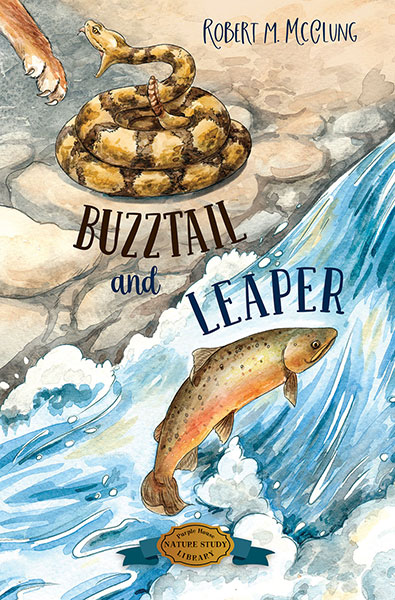
Science writer Robert M. McClung was a prolific author of wildlife and nature-themed books for children. Among many others, he contributed to the Books For Young Explorers series published by National Geographic, All About series by Random House, and penned several special series of his own through William and Morrow, like the Vanishing Wildlife series. You can learn more about Robert. M. McClung here.
Originally published as two books in the “Story of” series, published by William and Morrow Co., Leaper: The Story of an Atlantic Salmon was published in 1957, and Buzztail: The Story of a Rattlesnake was published in 1958. In 2021, Purple House Press reprinted the two books together as one volume in their Nature Study Library. While collectors might prefer to have them printed separately, I liked this decision. The two stories are entirely separate, but they appeal to the same type of reader. My almost 11-year-old son started with Buzztail and just kept reading Leaper. And, for a budget-conscious collector, the two-books-in-one option is nicely priced.
Both of these books were fascinating reads. I seem to recall learning about Atlantic salmon in school, but I do not remember enjoying it or learning any details like those in Leaper. If I had had science books like this, I may have had more passion for science generally, and I would have learned so much more than I did.
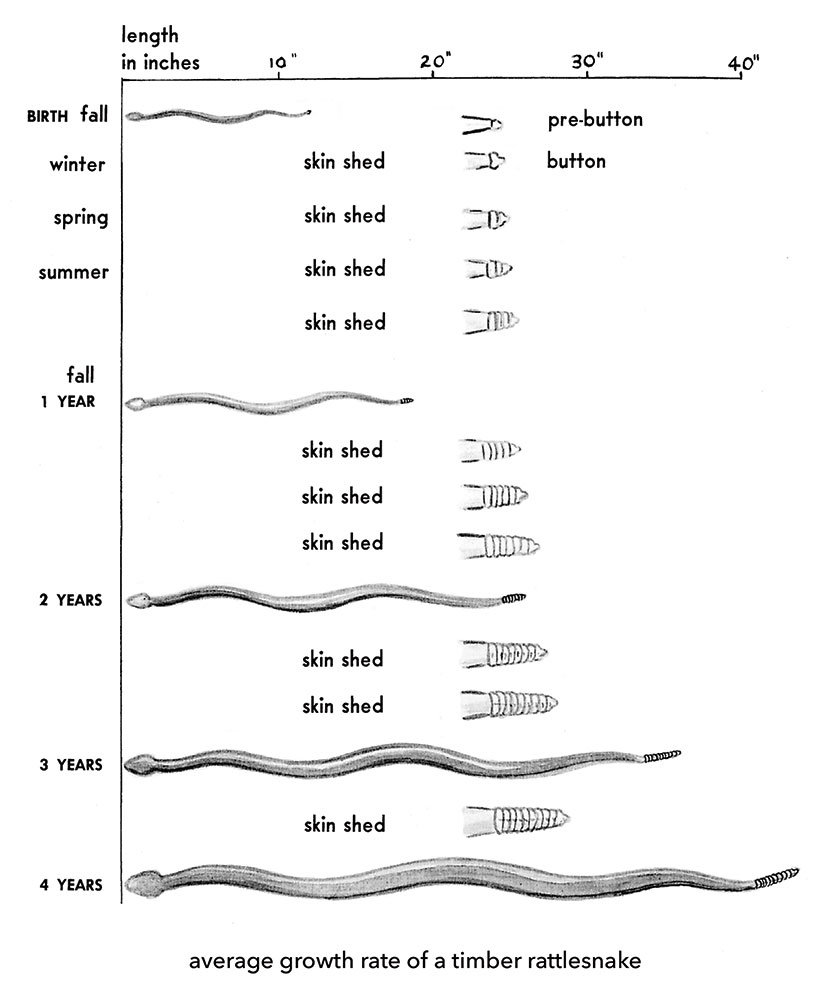
I confess, I am not a fan of snakes. And, prior to reading this, I could not imagine caring about a rattlesnake. And yet, there was something about the way McClung wrote that made me care about Buzztail and what happened to him. Interestingly, mere days after reading this story, I was watching a television show with my husband wherein a character was bitten by a rattlesnake. I knew what was happening, and I knew why the cowboy cut into the leg, and why he tried to suck the venom out. I delighted in my knowledge as I mentioned to my husband that, according to the Purple House Press footnote in the book, that practice was unlikely to be successful, and that only antivenin and emergency treatment would truly help a bite victim. I am still not excited about rattlesnakes, but I do appreciate the story of Buzztail.
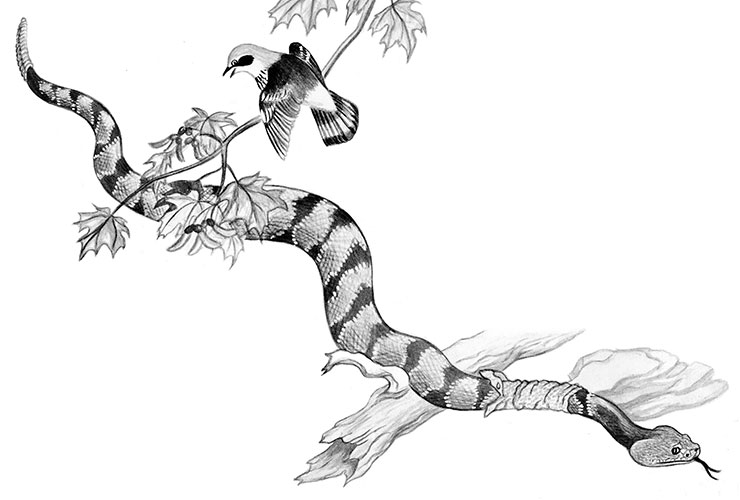
Parents may wish to know that McClung does generally describe the reproductive habits of snakes and the birthing process. Also, parents may wish to know that McClung details what Buzztail eats, and that includes a description of him killing a woodrat and swallowing it.
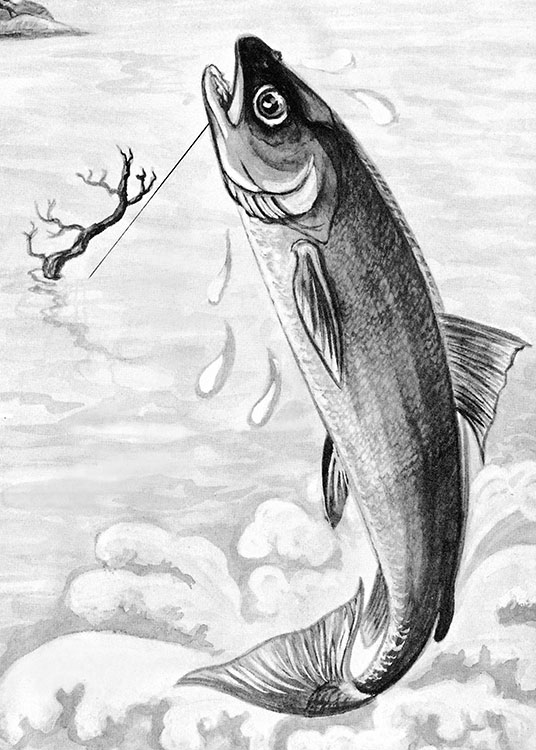
My husband and sons love to fish. We live in Wisconsin, and an abundance of lakes and rivers here afford them many opportunities to fish all year round. Lake Michigan in particular is home to many salmon. Leaper was an exciting read for all of us. Even though Leaper is an Atlantic salmon, the story still resonates with us. We have a friend who is studying the ecology of lake fish, and we really enjoyed reading about the tagging and tracking process in Leaper. And we genuinely enjoyed reading about how Leaper was nearly eaten, then how he was nearly caught in a net, and then how he broke off of the fishing line (although we had mixed feelings about that since we could sympathize with the fisherman.)
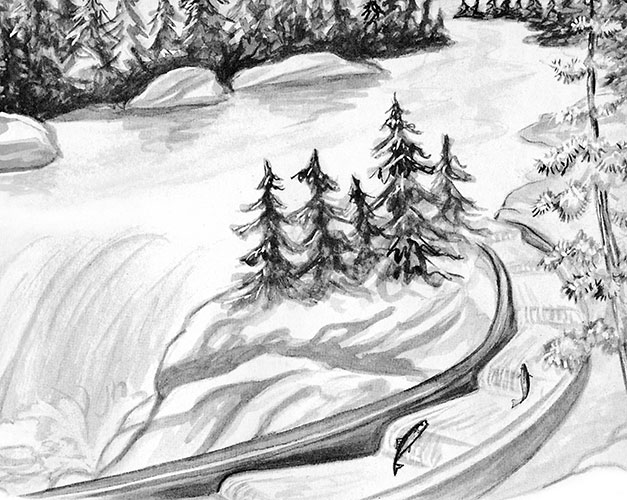
Like in Buzztail, the reproductive practices of salmon are detailed in Leaper. When I read this paragraph aloud to my young son, I gently edited some of the language.
“Finally the nest was ready. As Leaper swam at her side, the female arched her back, jerking and shimmying vigorously. A stream of bright pink eggs flowed into the depression. Leaper arched his back at the same instant, and a thin stream of milky liquid came out of his vent and curled among the eggs. This was milt, the male fluid of the salmon. It was full of sperm that would fertilize the eggs” (p. 124).
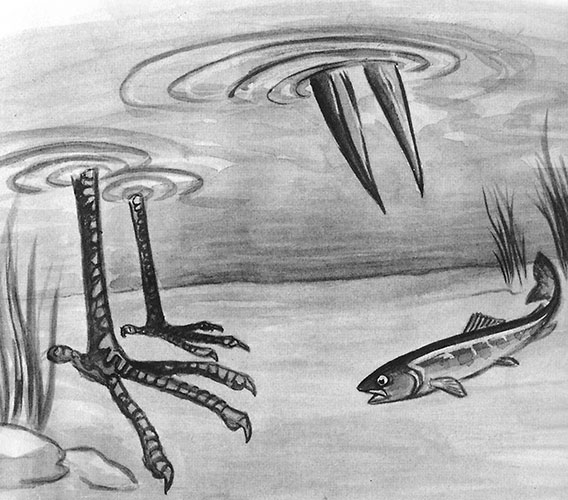
We are so glad that these stories are back in print! Collectors may want to know that some small changes between the original texts and the new (2021) version do exist. We will update this post later this Spring with the changes between the texts.
If you would like more detail about the original texts or the reprint, check out Biblioguides.com. Buzztail can be viewed here and Leaper here. If you would like to acquire the book, you may purchase it directly from the publisher here or from Amazon here.